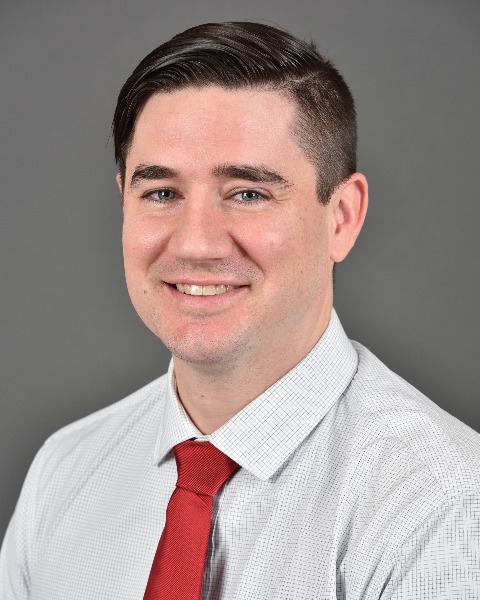Emergency Medicine 12
Session: Emergency Medicine 12
549 - Trends in the Emergency Department Diagnosis and Treatment of Cannabis Hyperemesis Syndrome
Monday, April 28, 2025
7:00am - 9:15am HST
Publication Number: 549.6679
Michael S. Toce, Boston Children's Hospital, Boston, MA, United States; Michael Monuteaux, Boston Children's Hospital, Boston, MA, United States; Michael D. Fishman, Boston Children's Hospital, Boston, MA, United States; Joel Hudgins, Boston Children's Hospital, Milton, MA, United States

Michael S. Toce, MD MS (he/him/his)
Assistant Professor of Pediatrics and Emergency Medicine
Boston Children's Hospital
Boston, Massachusetts, United States
Presenting Author(s)
Background: Emergency department (ED) visits for cannabis-related harms in pediatric patients have increased with the legalization of recreational cannabis. Cannabis hyperemesis syndrome (CHS) is a recognized complication of chronic cannabis use. The prevalence of CHS among adolescents is unknown, particularly as it relates to state-level recreational cannabis legalization status.
Objective: To investigate and describe the trends in the diagnosis and variation in the treatment of CHS stratified by recreational cannabis legalization status.
Design/Methods: We performed a retrospective cross-sectional analysis of youth (13-21 years) ED encounters for CHS between 1/2016-12/2023. Encounters were identified from the Pediatric Health Information System (PHIS) database using established ICD-10 codes for nausea/vomiting and cannabis abuse/misuse/poisoning. We used descriptive statistics to depict cohort characteristics and treatment variability by hospital. We estimated a series of negative binomial regression models to assess trends in the rate of CHS diagnoses in the cohort, comparing hospital rates in states with and without legalized recreational cannabis, with effect estimates expressed as incident rate ratios (IRR) and 95% confidence intervals.
Results: We identified 4,571 youth encounters for CHS between 1/2016-12/2023 (Table 1). The majority of the encounters were for patients in the 13–18-year age group (80.6%), female sex, (63.2%), and with public insurance (63.0%). Treatments included ondansetron (72.7%), benzodiazepines (24.1%), haloperidol (22.0%), and capsaicin (18.8%) with notable interhospital variation in the use of haloperidol (range 0-47.2%) and capsaicin (range 0-57.7%) (Figure 1). Over the study period, the rate per 1,000,000 ED encounters for CHS in states with and without legalized recreational cannabis were 1909.5 [95% CI, 1572.9 to 2246.2]) and 834.0 [95% CI, 698.2 to 969.0], respectively. Encounters for CHS increased by 32.5% [95% CI, 24.6 to 40.9] per 1,000,000 ED encounters per year in hospitals in states with recreational cannabis and by 49.3% [95% CI, 42.6 to 56.3] in hospitals in states without recreational cannabis.
Conclusion(s): ED encounters for CHS may be more common in states with legalized recreation cannabis, although encounters are increasing at a faster rate in those states without legalized recreational cannabis. There is notable variability in the treatment of CHS with haloperidol and capsaicin, two agents hypothesized to improve outcomes. The development of clinical pathways may reduce treatment variations.
Table 1.
Table 1.pdfDemographic and clinical characteristics of adolescents and young adults treated in the emergency department for cannabis hyperemesis syndrome
Figure 1.
Figure 1.pdfHospital variation in the use of haloperidol and capsaicin in the treatment of cannabis hyperemesis syndrome, 1/2016 to 12/2023.
Figure 2.
Figure 2_PAS.pdfEstimated trends in the rate of ED encounters for cannabis hyperemesis syndrome in states without (A) and with (B) recreational cannabis, 1/2016 to 12/2023.

